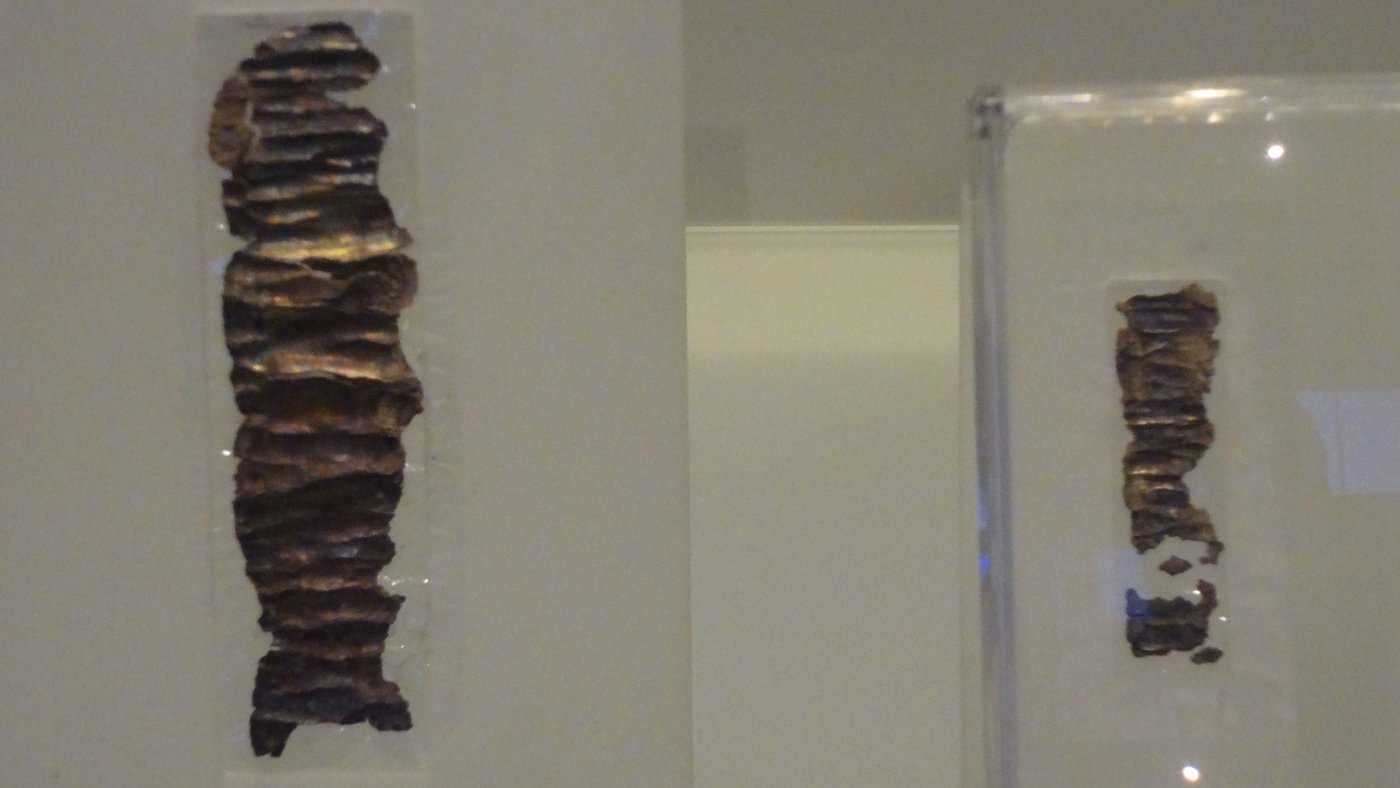The Ketef Hinnom Scrolls, also known as the Silver Scrolls, is an extraordinary archaeological discovery that has offered a profound glimpse into ancient Jerusalem’s religious practices and beliefs. Moreover, these remarkable artifacts, which predate the Dead Sea Scrolls, provide valuable insights into the people’s spirituality of that time.
Ketef Hinnom
Historical Significance:
Furthermore, the Ketef Hinnom Scrolls were discovered in the late 1970s in a burial cave in Ketef Hinnom, a site in the Hinnom Valley near Jerusalem. In addition, they are dated to the First Temple period, approximately 2,600 years ago, making them some of the oldest surviving texts from the Hebrew Bible.
Ketef Hinnom Scrolls – Contents:
In addition, the scrolls consist of two tiny silver amulets measuring just a few centimeters in size. These amulets contain inscriptions of the Priestly Blessing from the Book of Numbers (Numbers 6:24-26) in ancient Hebrew script. The inscriptions are exceptionally detailed, including phrases like “May the Lord bless you and keep you.”
Ketef Hinnom Scrolls – Religious Significance:
The contents of the Ketef Hinnom Scrolls highlight the religious beliefs and practices of the ancient Judean inhabitants of Jerusalem. So the Priestly Blessing, found on the amulets, is a sacred scriptural passage, and its presence on the amulets suggests that they were worn as protective charms or ornaments, perhaps to invoke divine blessings and protection.
Technological Marvel:
Unrolling the delicate and fragile silver scrolls presented significant challenges to researchers due to their small size and fragile nature. Advanced imaging technology was used to decipher the inscriptions without physically unrolling the scrolls. This non-invasive method ensured the preservation of these precious artifacts.
Israel Museum Tour

Credit: Bachrach44, CC BY-SA 3.0, via Wikimedia Commons.
Theological Insights:
The Ketef Hinnom Scrolls offer insights into the spirituality and religious practices of the people of ancient Jerusalem. They provide evidence of the centrality of divine blessings in their lives and the belief in invoking God’s protection through sacred inscriptions.
Old City Jerusalem Tour
Ketef Hinnom Scrolls – Exhibition and Legacy:
Lastly, the Ketef Hinnom Scrolls replicas can be seen in the Israel Museum in Jerusalem and worldwide, allowing visitors to connect with these ancient treasures. So their significance extends beyond their historical value, as they inspire scholars and visitors alike, providing a unique link to Jerusalem’s ancient inhabitants’ spiritual beliefs and practices.
Ultimately, the Scrolls, with their delicate inscriptions and profound religious significance, are a testament to the enduring power of ancient texts and their ability to connect people across millennia. They are a precious window into the spiritual world of ancient Jerusalem, offering a tangible connection to the distant past. More about the topic on Wikipedia!







